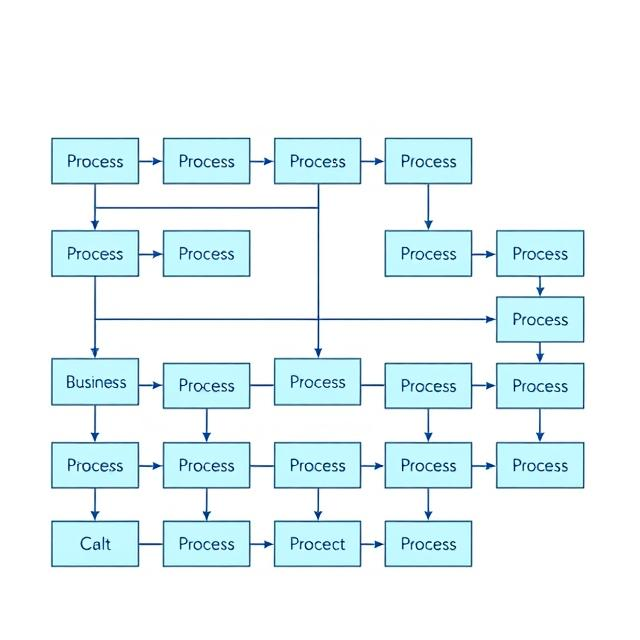Business Process Improvement
You know that things can be done better. Maybe no one has ever taken the time to analyze and sort out exactly how to do that without disrupting the ongoing requirements of the business. I can push past this bottleneck as your business process improvement consultant: interview staff, document the current state, analyze weaknesses and opportunities, and then propose an improved process.
This requires a skill set that goes beyond the usual IT department skill sets. Processes involve both people (‘manual processes’) and systems, and the interface between the two is where processes can be very inefficient. Working with the people who actually do the work, and everyone else involved in the process, I will analyze how you can optimize and improve how the work is done. One challenge, in addition to the desire to keep the business running normally, is the usual human desire to resist change and avoid stress. From experience I know that changing a company’s ingrained habits and leaving the ‘comfort zone’ will require special attention and care.
Experience and creativity are needed:
In cases where senior managers have asked me to “come up with a way to improve efficiency,” I have been able to identify real opportunities. Even in slow-moving organizations, barriers to moving ahead can be overcome, and staff are ultimately happy to see processes improve from the current state.
Recent experience:
Recent business process improvement projects were in banking, securities, and insurance. I have also worked in accounting departments and in asset management firms.



Business Process Improvement methodologies
There are many methods and techniques that can be used in Business Process Improvement. A standard way to begin is to produce a documented analysis of the current processes (the ‘As Is’) in the form of process maps. This is followed by creation of a document of the desired end state (the ‘To Be’).
The toolbox of approaches includes the ideas developed for Six Sigma, Business Process Re-engineering, and others. We look for process steps and that do not add value, that can be eliminated or combined, or which can be enhanced by the addition of automation. One big opportunity to improve processes can be found by reconfirming assumptions about what the government regulations actually require.